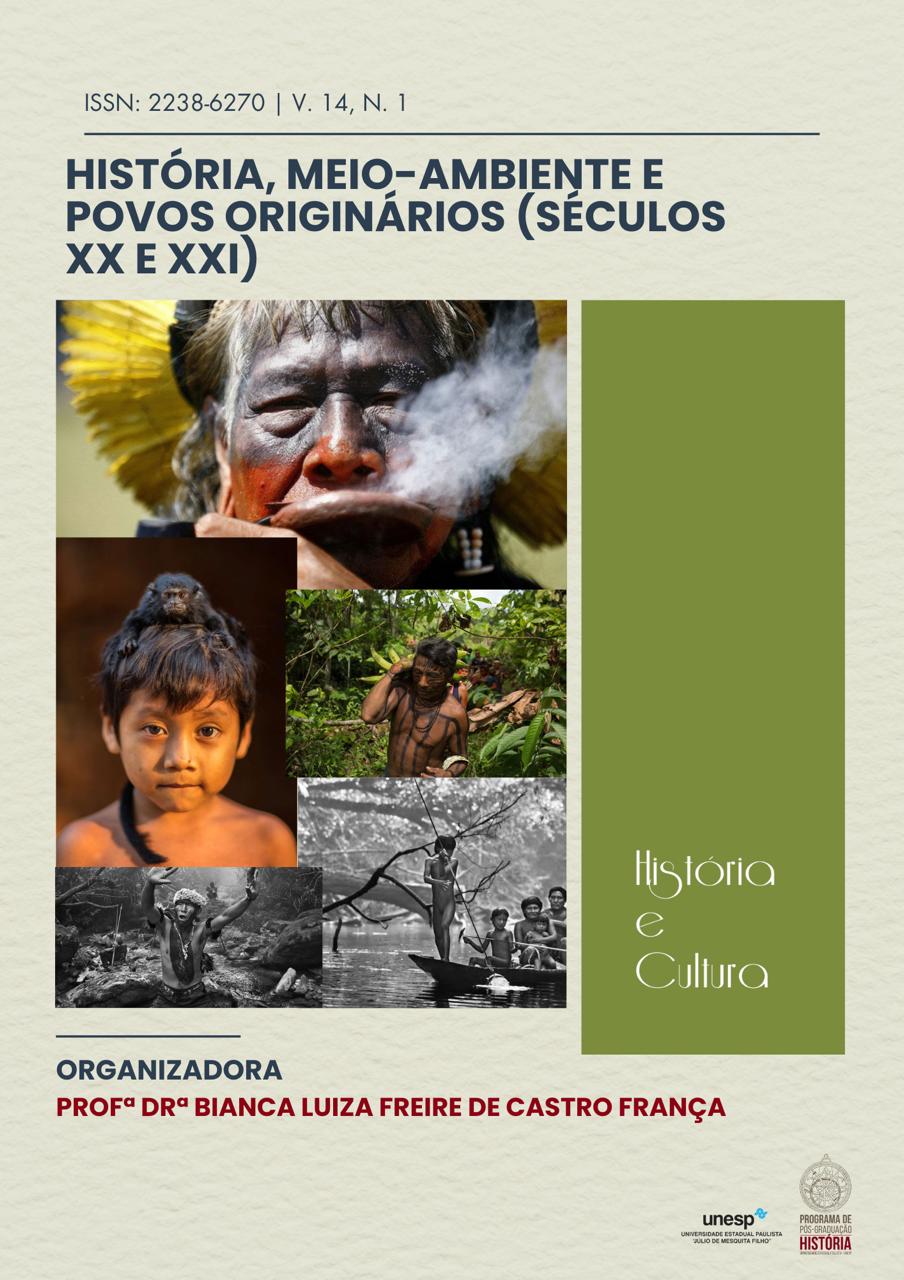AS PERMANÊNCIAS NA CONSTRUÇÃO DA IMAGEM DE VÍTIMA E AGRESSOR EM DISCURSOS DE PROCESSOS CRIMINAIS NO BRASIL DO INÍCIO DO SÉCULO XX
DOI:
https://doi.org/10.18223/hiscult.v14i1.4629Abstract
When analyzing criminal proceedings, it is necessary to bear in mind that this document does not present a singular discourse, a discussion based only on laws and legislative codes, but a discursive web that includes various discourses that sometimes converge, however, they present different views on the same event. Likewise, it must be made clear that what is described here is a transition from the material fact (the violence committed) to a linguistic act (the speech about the fact), so it is known that there is a discursive construction about the event and not about the fact itself. Language is a factor in the construction of the subjectivity of those involved, and when it comes to sex crimes, in addition to the social and cultural construction of the crime itself, there is the construction of gender, its moral languages, its wants and desires. This construction of the image of the victim and the aggressor takes place in various ways and in various procedural segments, in the terminology used by the procedural matter, in the penal article, including in the speech of the various agents involved in the procedural dictates, in addition to the prosecutors and judges. As such, this article will look at some of the constructions and continuities in the discourses present in sex crime cases and how they influence the perception of the ideal image of victim and aggressor. This ends up perpetuating stereotypes such as that only a morally honest woman deserves to be brought to justice and that a sex offender is just a pathological individual.
Downloads
Published
Issue
Section
License
Copyright (c) 2025 Paloma Heller Dallagnol

This work is licensed under a Creative Commons Attribution 4.0 International License.
Os(as) autores(as) são os detentores dos direitos autorais dos artigos encaminhados à Revista História e Cultura e fica autorizado ao periódico a publicação do referido manuscrito. O trabalho permanece licenciado sob a Licença Creative Commons Attribution CC BY 4.0, a qual permite o compartilhamento do material desde que a autoria seja devidamente atribuída e referenciada.

